Red vs Green Laser Level (Which to Choose for Which Job)
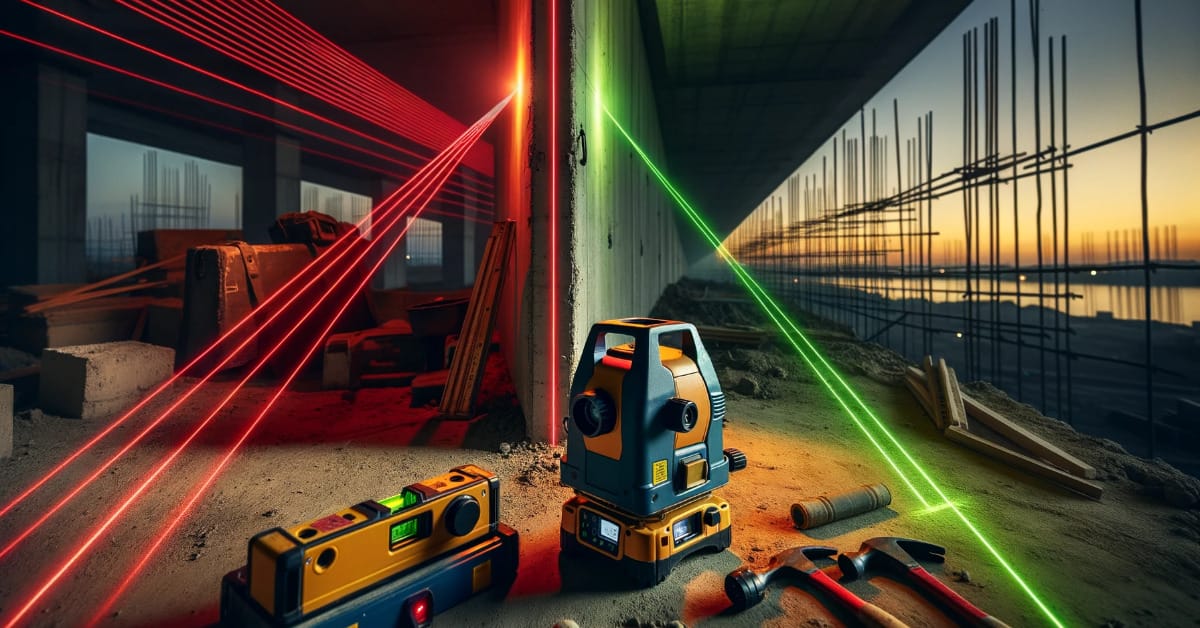
Hey everyone, it’s time to shed some light on a tool that’s a real game-changer in any project – laser levels. But not just any laser levels; we’re talking about the epic showdown between red and green lasers.
It’s all about what you need when picking between a green and a red laser level. Green lasers? They’re super visible, both indoors and outdoors. It is easy on the eyes but tough on the wallet. On the other hand, red lasers are more budget-friendly, and their batteries last longer, but they’re not as bright. So, think about your project size and your budget.
So, let’s cut through the confusion and find out which laser level will be your best buddy for your next project. Buckle up because this is going to be enlightening!
Comparative Overview: Green vs Red Laser Levels – Pros and Cons at a Glance
We will delve into a straightforward comparison of Green and Red Laser Levels. Check out the table below for a quick snapshot of their pros and cons, helping you decide the right tool for your project.
| Aspect | Green Laser Levels | Red Laser Levels |
|---|---|---|
| Visibility | Superior: Bright green beam easily visible even in bright conditions. | Limited: Less noticeable, especially in bright light or over longer distances. |
| Range | Longer: Effective for indoor and outdoor use, reaching far corners easily. | Shorter: Best suited for indoor projects; not ideal for large outdoor areas. |
| Versatility | High: Works well in a variety of settings, both indoors and outdoors. | Lower: Primarily effective for smaller, indoor jobs. |
| Cost | Higher: More expensive due to advanced technology and superior features. | Lower: More budget-friendly, a good choice for cost-conscious users. |
| Battery Life | Shorter: Consumes more power, so batteries may need frequent replacement. | Longer: More energy-efficient, with batteries that last longer. |
| Complexity | More Complex: Contains more parts and technology, requiring careful handling and possibly more maintenance. | Simpler: Less complex, rugged, and user-friendly, especially for beginners. |
| Ideal Use | Perfect for large-scale outdoor projects or any situation where maximum visibility is required. | It is best for smaller indoor tasks where high visibility is not as critical and budget constraints exist. |
This table offers a clear, side-by-side comparison of the key features of green and red laser levels, making it easier to decide which type suits your needs and circumstances.
Green Laser Levels
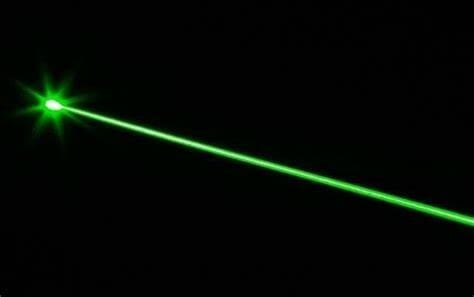
Let’s talk about green laser levels in a way that’s easy to get. Think of these as your go-to tools when you need something super clear and powerful, especially when working on a big project.
Visibility of Green Laser Levels
The green light is right in the middle of the spectrum under the visible light range. Visibility refers to the visual quality or simply the clarity of vision.
Our eyes easily detect the green light. In that sense, we see that we will be able to see green lasers without straining. The red light is at the end of the visible spectrum. Therefore, it is difficult to see when compared with the green light.
The Construction of a Green Laser Level
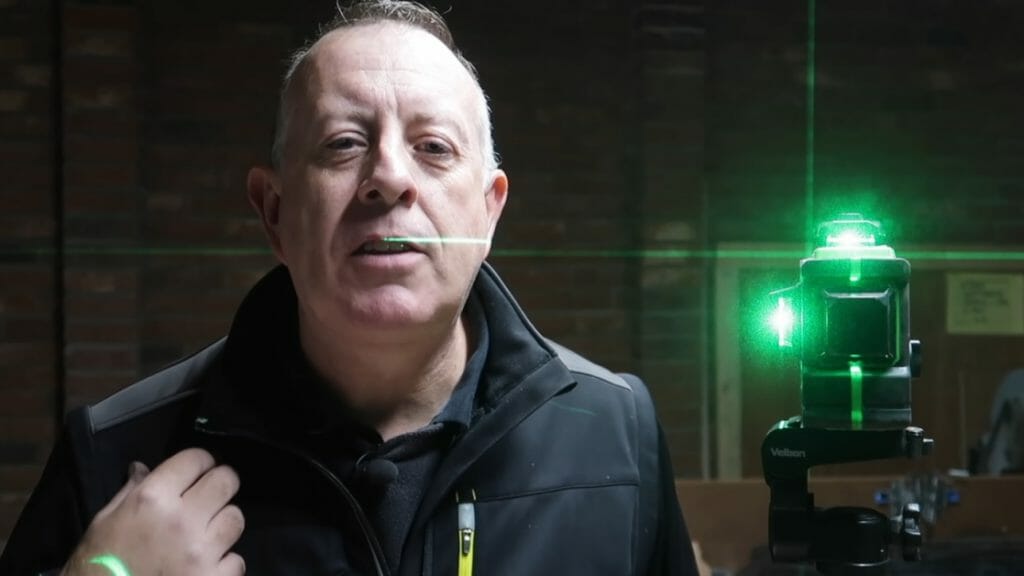
Based on their superiority and power, the green laser levels are bound to have more features and parts than red lasers.
The green laser levels have an 808nm diode, a frequency-doubling crystal, and many other complex features. The green lasers, therefore, have more parts; they are expensive and take longer to build.
The Cost of a Green Laser Level
It is now self-evident that the green lasers cost more money than the red lasers. They are approximately 25% more expensive than their red counterparts.
This fact is owed to their complexity, high functionality, or construction. This also explains why the red lasers are flooding the market, not the green ones.
We agree that the red lasers are more economical than the green lasers. However, this concept is a bit debatable thing. If, for example, the construction costs millions, you cannot afford to make any mistakes. In such a situation, using the green lasers will be worth it.
The Battery Life
Green laser levels have very powerful lasers with excellent visibility. This comes at a cost.
They consume a lot of the electrical energy generated by their batteries. For that matter, the battery lives of green lasers are really short compared to red lasers.
Please note that the visibility powers of the green lasers are drawn from the energy in their batteries, so there is a direct proportionality relationship.
As the battery fades, so does the visibility. So, if you are using this laser type, check your battery status constantly. You may need to have several batteries just to be safe.
The Best Application of Green Lasers
A green laser level gives optimum visibility. So, it will be your best choice if you need maximum visibility.
In an outdoor working environment, the green lasers take the lead. In this situation, you will have to disregard the cost and battery costs the green lasers have. And focus on their visibility output.
Contrastingly, avoiding these lasers is wise if you are on a tight budget. You have to choose the red lasers. However, if your budget is not tight, go for the giant–level–green lasers.
Red Laser Levels
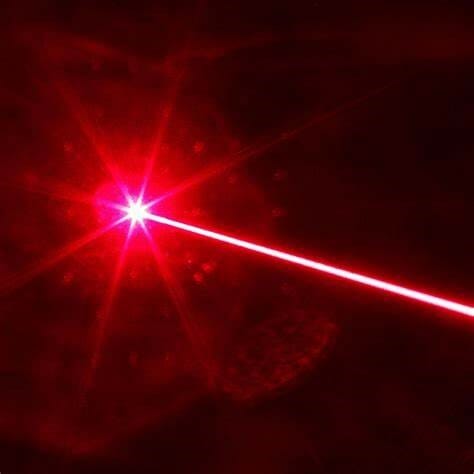
Having explored the green laser levels, we will focus on the red ones. The red lasers can be said to be the cheaper versions of the green lasers.
They are the most commonly used lasers globally due to their cost. They are cheap and have fewer maintenance costs than the green laser levels.
Visibility of Red Laser Levels
We have already mentioned that the red light is at the end of the visible light spectrum. It is, therefore, somewhat difficult for the human eye to perceive this light.
On the other hand, the green light is located right in the middle of the visible spectrum, hence easily detected by the human eye.
- Wavelength interval of red light: 635 to 700 nm
- Frequency interval of red light: 430 to 480 THz
Comparing these values to the green light’s (wavelength and frequency), we see that the green light is 4 times stronger/brighter than the red light.
Therefore, when working indoors, your eye will detect red at about 20 to 30 feet. This is about half the range that the green light spans. When performing your work outdoors, in areas below 60 feet, feel free to use a red laser.
Generally, red laser levels are inferior to green laser levels. Red lasers offer less visibility when compared to green laser levels.
So, you can use a red laser if you work in a small area. However, if your working area is large, you must use a green laser level. The red lasers will be inefficient in a large area.
The Construction of a Red Laser Level
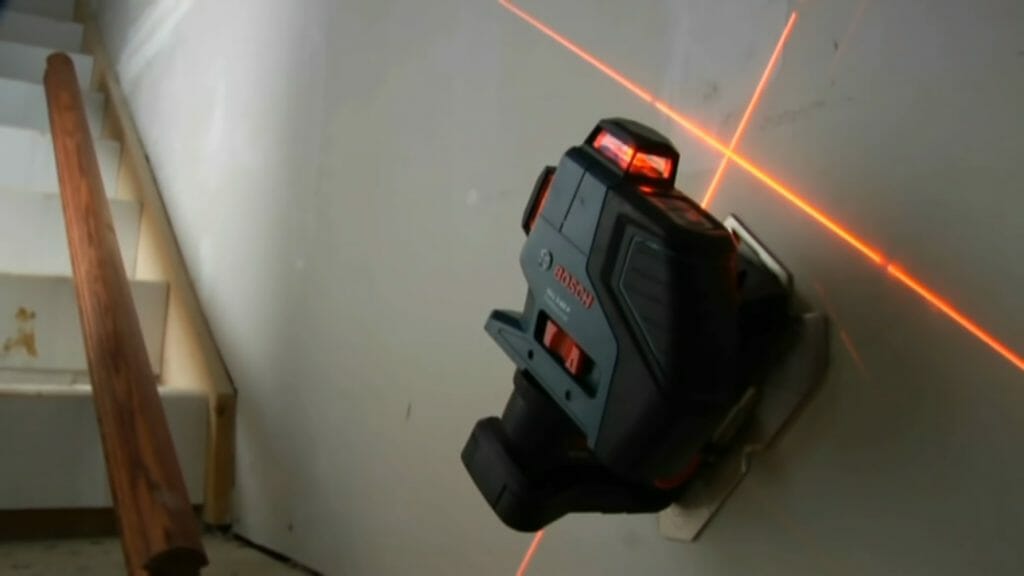
Yes, the red laser levels are inferior to the green ones by visibility standards. But when comparing them in construction terms, the red lasers take the lead.
They (red lasers) are made up of fewer components and hence very economical. They are also very easy to operate. If you are a newbie in the laser world and need to perform a few tasks like aligning objects on the wall, go for a red laser level.
The Cost of the Red Laser Level
These types of lasers are indeed affordable. If you are on a budget, get a red laser for your simple tasks. A red laser level, including its detector, is cheaper than one green laser level minus a detector.
The Battery Life of the Red Laser Level
The red laser level batteries outlive those of the green laser levels. The battery of a laser level is dependent on the power consumption by the laser – visibility strength.
The red laser levels have limited visibility compared to the green lasers, hence consuming less power. Less power consumption means less power is drawn from the battery.
The Best Application of Red Laser Level
Red lasers are suitable for short ranges – indoor or outdoor. Furthermore, they are cheap and hence good for people on tight budgets. Their long battery life also cuts the maintenance costs.
Choosing the Right Laser Level: Green or Red?
Let’s wrap this up and determine which laser level is right for you. It’s all about what you need and where you’re working.
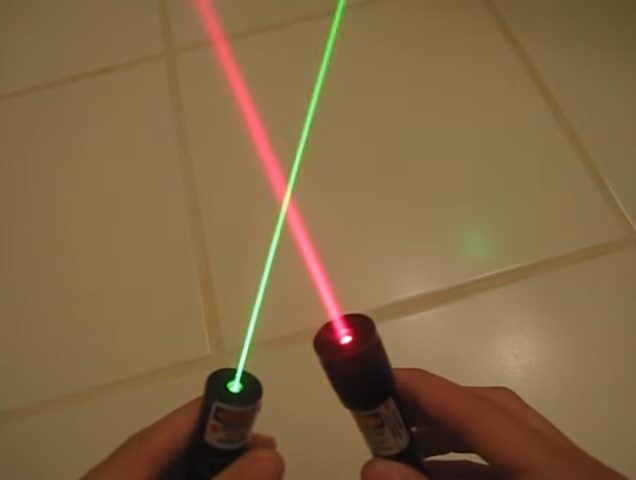
Go Green When:
- You’re out there in the open, working on something big. Think outdoor projects over 60 feet.
- Inside, but your project is more than 30 feet across. You could also use a red laser with a detector for these jobs.
- You need the best visibility possible. Green lasers are like turning on the high beams – they light things up.
Red’s Your Best Bet When:
- Your wallet’s feeling a bit light. Red lasers are easier on the budget.
- You’re working outdoors, but the area is less than 60 feet.
- Inside jobs between 20 and 30 feet? Red lasers are perfect for these.
So there you have it. It’s all about choosing the right tool for the job. Stay safe, and get those lines straight!
References
Organizations:
- American Society of Civil Engineers (ASCE). https://www.asce.org/
- The International Society for Optics and Photonics (SPIE). https://spie.org/
Books:
- “The Handbook of Laser Technology and Applications” https://www.copperfieldsbooks.com/book/9781138032613
Website Resources:
- ToolBoxBuzz. https://www.toolboxbuzz.com/
- Bosch. https://www.bosch.com/
- DeWalt. https://www.dewalt.com/
- Leica Geosystems. https://leica-geosystems.com/
- FamilyHandyman. https://www.familyhandyman.com/
Video References:
styropyro
